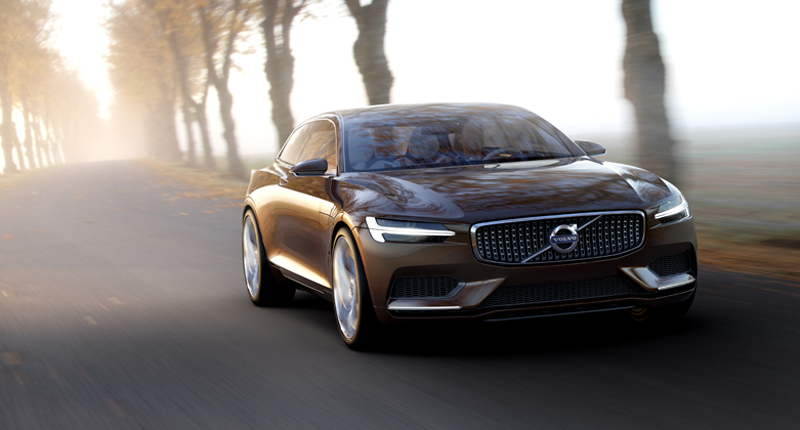The introduction of the Kinetic Energy Recovery System (KERS) added a whole new dimension to Formula One racing and, if Volvo is to be believed, it could soon appear in passenger vehicles.
The system will apparently add around 80bhp under acceleration and could save as much as 25% in fuel economy.
No ad to show here.
According to Car and Driver, the system has already been tested on public roads in the UK and Sweden and is being positioned as offering “a lightweight, financially viable, and very efficient solution.â€
The technology is part of the company’s Drive E powertrain research and makes more sense than you might think. You see, KERS isn’t just about making ordinary drivers feel like they have an important piece of F-1 technology under their bonnets.
The fact of the matter is most cars don’t need all their power all the time. A powerful car is only really useful when you’re trying accelerate past other vehicles, especially if you live somewhere relatively flat.
With a KERS-style system, you can achieve that acceleration without needing a big, fuel chugging powertrain.
Volvo says that an S60 running KERS can accelerate from 0 to 100km/h about 1.5 seconds faster than an ordinary S60 which is now slouch, reaching the speed in under seven seconds.
“The next step after completing these successful tests is to evaluate how the technology can be implemented in our upcoming car models,†Volvo says.
